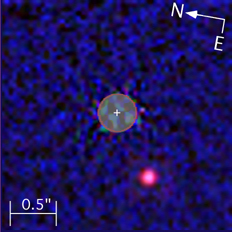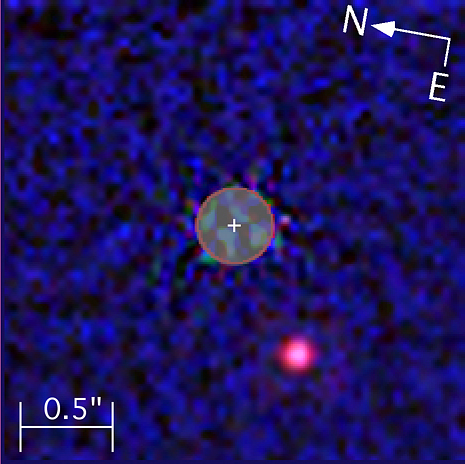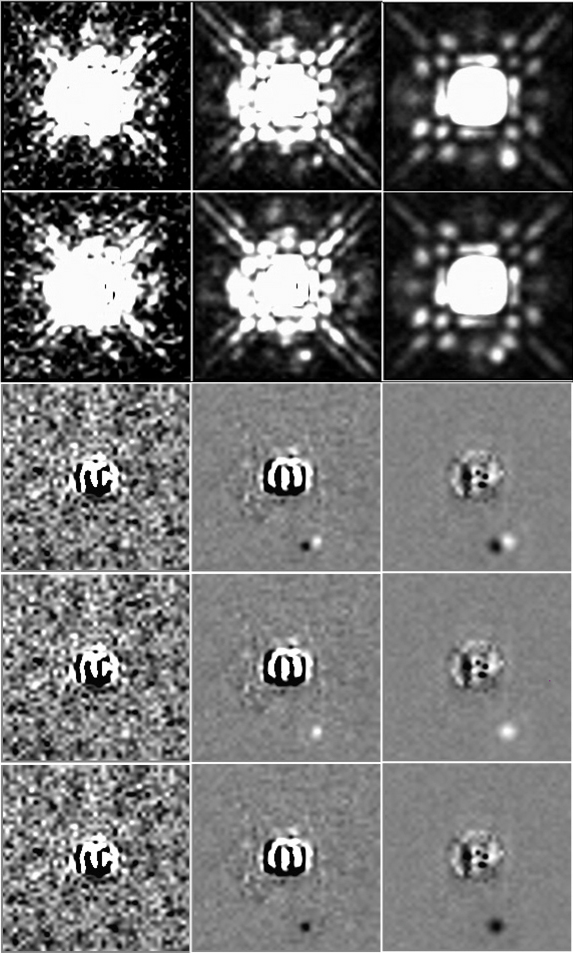Paper Presented by:
Glenn Schneider (Steward Observatory, University of Arizona)
Inseok Song (Gemini Observatory)
Ben Zuckerman, E. Becklin (University of California, Los Angeles)
Patrick Lowrance (California Institute of Technology)
Bruce Macintosh (Lawrence Livermore National Laboratory)
Michael Bessell (Australian National University)
Christophe Dumas, Gail Chauvin (European Southern Observatory)
Contact: Glenn Schneider, 520-621-5865, gschneider@as.arizona.edu
Click for ABSTRACT OF PAPER to be presented.
Click for DISPLAY PAPER



